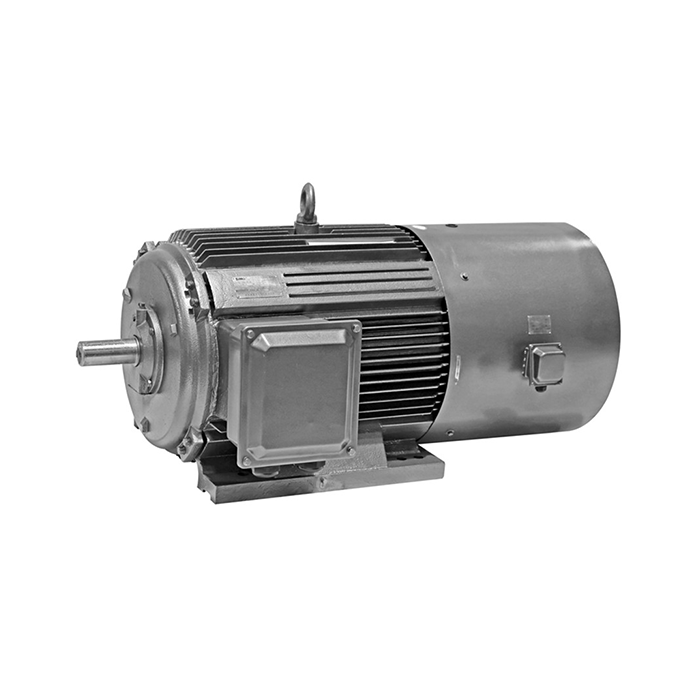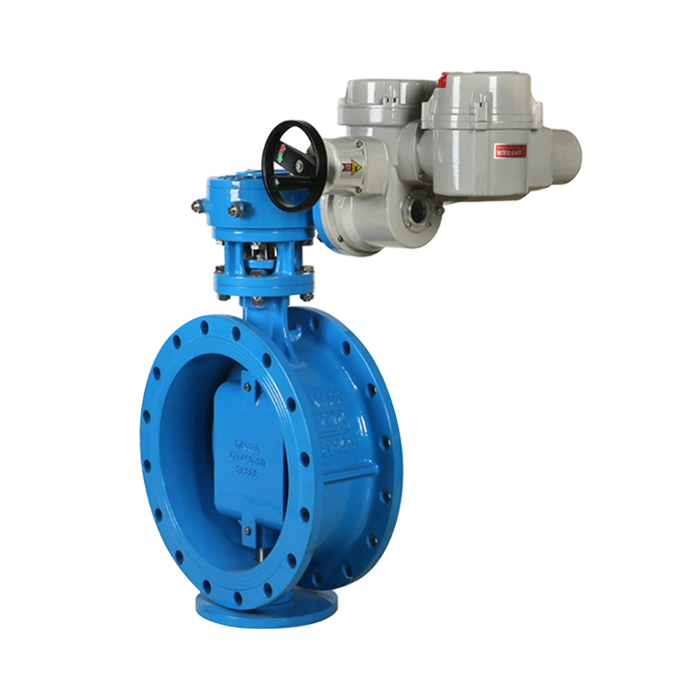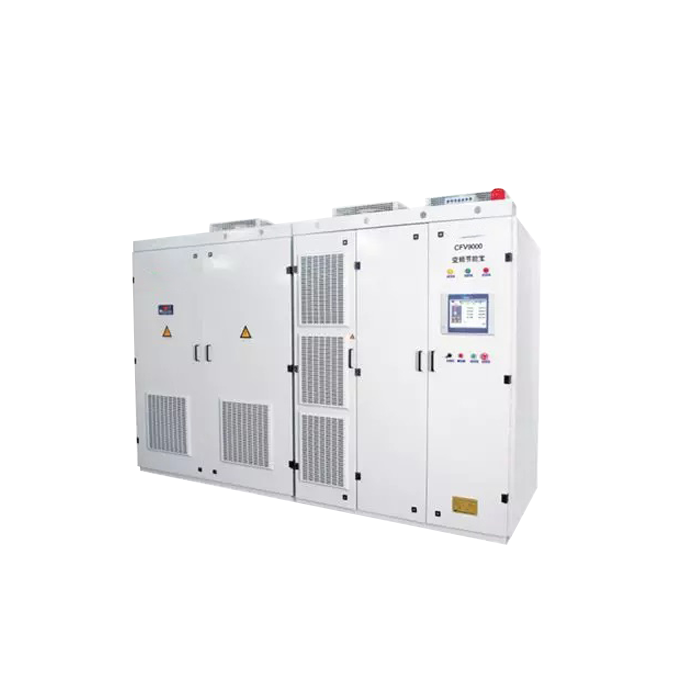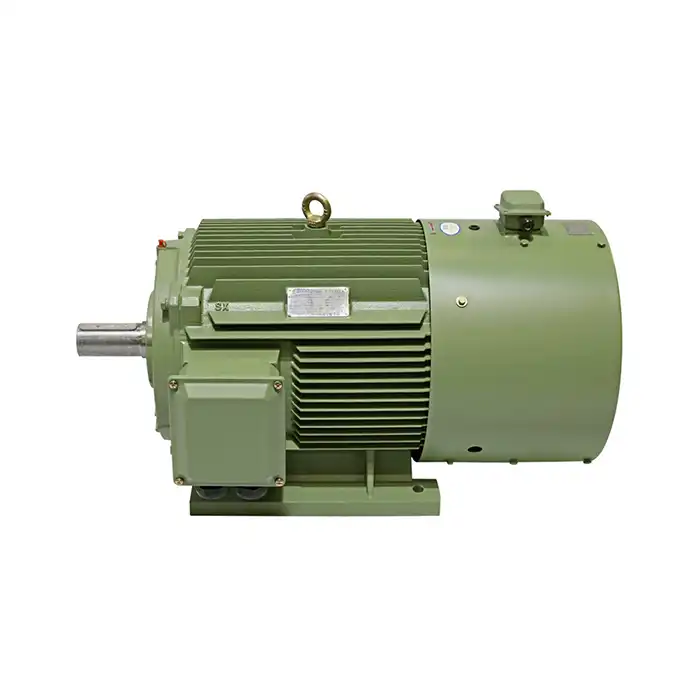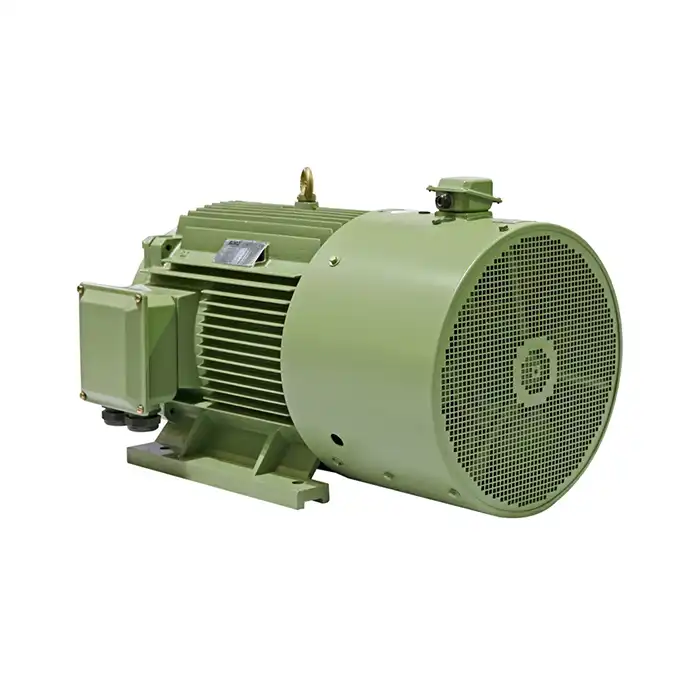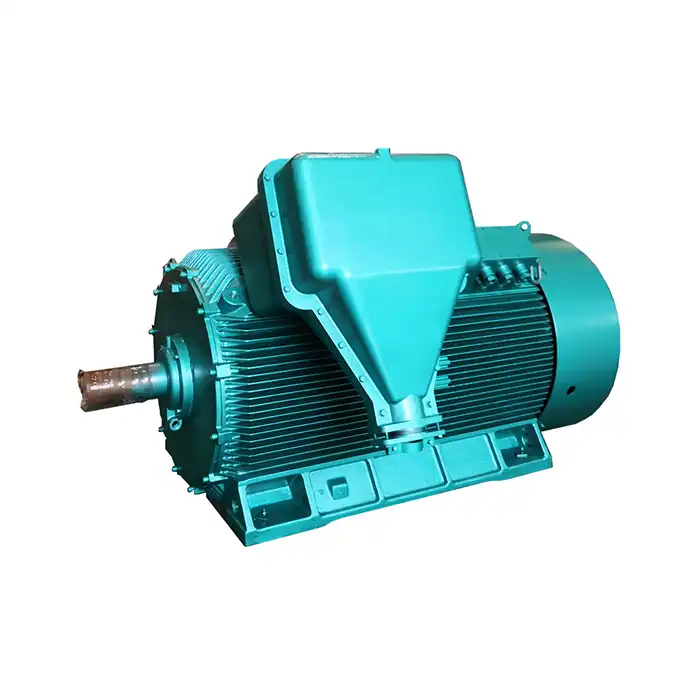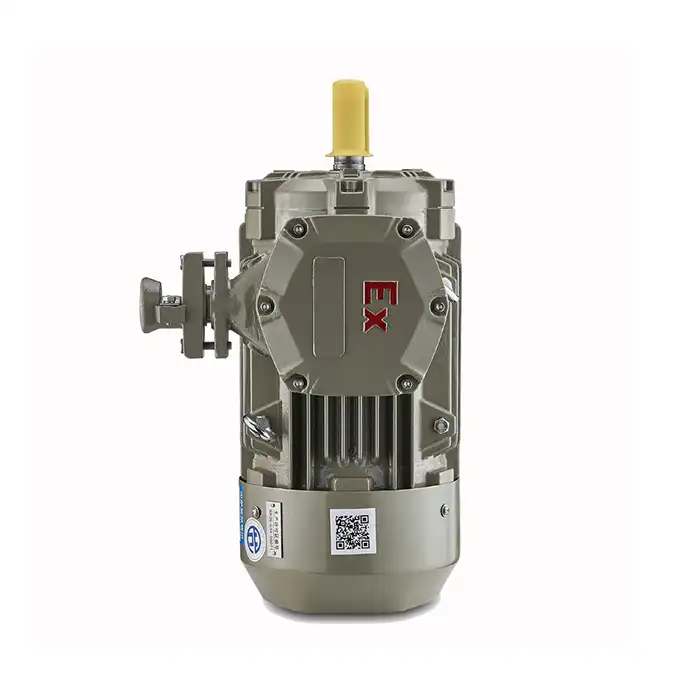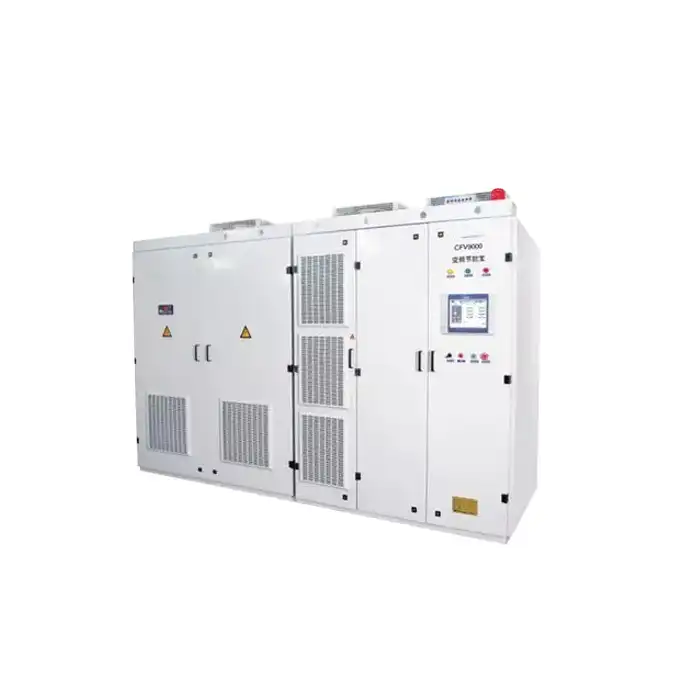Matching Motor Power to Conveyor Load
One of the most critical aspects of implementing IEC low voltage motors in conveyor systems is ensuring that the motor power is appropriately matched to the conveyor load. This balance is essential for efficient operation and preventing premature wear on both the motor and the conveyor system.
Calculating Conveyor Load Requirements
To determine the appropriate motor power, it's necessary to calculate the conveyor load requirements accurately. This calculation takes into account factors such as:
- Total weight of materials being transported
- Conveyor belt length and width
- Conveyor speed
- Incline or decline angle (if applicable)
- Friction coefficients of the conveyor components
By considering these factors, engineers can determine the total power required to move the load effectively.
Selecting the Right Motor Size
Once the load requirements are calculated, selecting the appropriate motor size becomes more straightforward. It's important to choose a motor that can handle the calculated load with some additional capacity for unexpected increases in demand or startup torque requirements.
IEC low voltage motors are available in a wide range of power outputs, typically from 0.75kW to 1000kW, allowing for precise matching to conveyor system needs. When selecting a motor, consider factors such as:
- Continuous duty rating
- Starting torque requirements
- Operational speed range
- Efficiency class (IE3 or IE4 for optimal energy savings)
Accounting for Environmental Factors
Environmental conditions can significantly impact motor performance and longevity. When matching motor power to conveyor load, it's crucial to account for factors such as:
- Ambient temperature
- Altitude
- Humidity levels
- Presence of dust, chemicals, or other contaminants
These factors may necessitate derating the motor or selecting a motor with a higher protection class (e.g., IP56 or IP65) to ensure reliable operation in challenging environments.
Optimal Motor Mounting for Conveyor Reliability
Proper mounting of IEC low voltage motors is crucial for ensuring the reliability and longevity of conveyor systems. Incorrect mounting can lead to misalignment, excessive vibration, and premature wear of both the motor and conveyor components.
Choosing the Right Mounting Configuration
IEC low voltage motors can be mounted in various configurations, depending on the conveyor system design and space constraints. Common mounting options include:
- Foot mounting
- Flange mounting
- Face mounting
- Combination of foot and flange mounting
The choice of mounting configuration should consider factors such as accessibility for maintenance, space limitations, and the specific requirements of the conveyor system.
Ensuring Proper Alignment
Correct alignment between the motor shaft and the driven equipment is critical for optimal performance and longevity. Misalignment can lead to:
- Increased vibration
- Premature bearing failure
- Excessive energy consumption
- Reduced motor and conveyor lifespan
To ensure proper alignment:
- Use precision alignment tools such as laser alignment systems
- Check alignment both horizontally and vertically
- Perform alignment checks periodically, especially after any maintenance or repair work
Vibration Isolation and Dampening
Minimizing vibration is essential for maintaining the reliability of both the motor and the conveyor system. Implement vibration isolation techniques such as:
- Using flexible couplings between the motor and driven equipment
- Installing vibration dampening mounts or pads
- Ensuring a solid, level foundation for motor mounting
Regular vibration monitoring can help identify potential issues before they lead to equipment failure.
Maintenance Tips for Long-Lasting Conveyor Motors
Proper maintenance is key to ensuring the longevity and reliability of IEC low voltage motors in conveyor applications. A well-maintained motor not only lasts longer but also operates more efficiently, reducing energy costs and downtime.
Regular Inspection and Cleaning
Implementing a routine inspection and cleaning schedule is fundamental to motor maintenance. This should include:
- Visual inspections for signs of wear, damage, or contamination
- Cleaning of motor exterior to prevent buildup of dust and debris
- Checking and cleaning cooling fins and ventilation openings
- Inspecting and tightening electrical connections
The frequency of these inspections will depend on the operating environment and duty cycle of the motor.
Lubrication Management
Proper lubrication is critical for the longevity of motor bearings. Develop a lubrication management plan that includes:
- Using the correct type and amount of lubricant as specified by the manufacturer
- Adhering to recommended lubrication intervals
- Monitoring bearing temperature and vibration to detect lubrication issues
- Implementing proper grease purging procedures to remove old or contaminated grease
Electrical System Checks
Regular checks of the motor's electrical system can prevent failures and ensure efficient operation. Include the following in your maintenance routine:
- Measuring insulation resistance to detect potential winding issues
- Checking for voltage imbalances across phases
- Monitoring current draw to ensure it remains within specified limits
- Inspecting and cleaning or replacing contactors and other control components as needed
Vibration Analysis
Implementing a vibration analysis program can help detect potential issues before they lead to failure. This should include:
- Regular vibration measurements using specialized equipment
- Analyzing vibration data to identify trends or abnormalities
- Taking corrective action when vibration levels exceed acceptable thresholds
Thermal Monitoring
Monitoring motor temperature can provide early warning of potential issues. Consider implementing:
- Regular infrared thermography inspections
- Continuous temperature monitoring systems for critical motors
- Recording and analyzing temperature data to identify trends or abnormalities
Call to Action
Our speciality at Shaanxi Qihe Xicheng Electromechanical Equipment Co., Ltd. is offering premium IEC low voltage motors that are engineered to operate at their best in conveyor systems. For your conveyor applications, our motors' outstanding efficiency, dependability, and durability guarantee seamless operation and less downtime.
We can provide the ideal solution for your unique conveyor system needs thanks to our wide selection of motor choices and customisation possibilities. Our team of professionals is prepared to help you choose the best motor, maximise your installation, and create a successful maintenance schedule.
Don't let motor issues slow down your conveyor operations. Contact us today at xcmotors@163.com to discuss how our IEC low voltage motors can enhance the performance and reliability of your conveyor systems.



